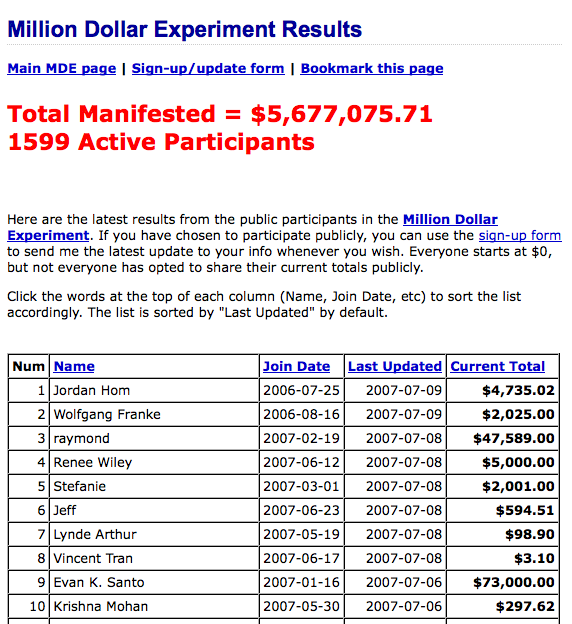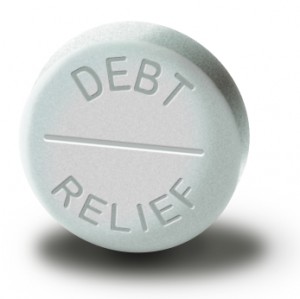 Our Philip Brewer Confest is almost over, and it’s time to thank him for his articles and inspiration for a series of posts exploring the concepts of safe withdrawal rates [AJC: which has more to do with financial planning than family planning 😉 ], however I did want to wind up by exploring one of his comments:
Our Philip Brewer Confest is almost over, and it’s time to thank him for his articles and inspiration for a series of posts exploring the concepts of safe withdrawal rates [AJC: which has more to do with financial planning than family planning 😉 ], however I did want to wind up by exploring one of his comments:
I think your step 1 is the most important: Decide what you want to do with your life.
I wanted to write fiction. That doesn’t take much money, but it does require time (and high-quality time at that). So, for me, getting free of a regular job as soon as possible was a much higher priority than accumulating a vast amount of wealth.
For me, too, the turning point for my financial life – indeed my whole life – came in Step 1: finding my Life’s Purpose then using that to calculate my Number. For me, though, it happened to turn up a Large Number / Soon Date … that may not be the case for everybody.
Just remember that Time = Money and if you are desperate to achieve that financial freedom (e.g. in Phil’s case, so that he can write that book) you may need a lot of both …
… IF so, then I have a hypothesis [AJC: tested on a subject of one i.e. me] that goes like this:
When you find your Life’s Purpose, you will most likely find that you will come up with a Large Number / Soon Date [AJC: remember, this is just my hypothesis albeit, now, supported by a little research] and you will not stop until you get it …
… your priorities (including your financial priorities) will drastically change.
But, what about Philip’s thoughts about risk?
I would like to suggest, though, that your ideas on which assets are secure and which aren’t could use some fine tuning.
It’s true that you may not be able to work during your retirement, but most people will be able to earn at least some money if they need to. It’s also true that government pensions can be taken away—but so can anything else.
And don’t forget all the other ways that things can be lost or taken away—declining market can sap your portfolio, a lawsuit can seize your assets, a natural disaster can destroy your house.
My point is not that it’s hopeless, but rather that while racking up assets may increase your standard of living, at a certain point it no longer increases your security. (A flood can destroy a house worth $1 million as completely as it can destroy a house worth $100,000.).
At some point—and to my mind the point is well before you have $7 million—you don’t get as much security from adding another million to your portfolio.
I beg to differ: until I made my $7 million Number, my thoughts were EXACTLY about ” adding another million to my portfolio” … but, that’s only because I calculated that I needed it – not want, not desire, but need – to live my Life’s Purpose.
But, that may not be you; like Phil, you might just need a little extra time to write your book or to support huminitarian projects like backpacking to hotspots like Haiti, so your Number may be $100k, $1 mill., or … ?
And, unlike me, your assessment of your Number may include allowances for earning extra income through part time work, income producing projects, pensions, inheritences, or even handouts.
In that case, I challenge you to substiute your Number where, in my blog, I use the $7m7y illustration … the principles won’t change much.
[AJC: unless, you have a “<$1 million in >20 years”-type Number, in which case this blog is NOT for you 🙂 ]
So, substituting your Number for mine, here is the second part of my hypothesis:
– While you are trying to reach [insert your Number] so that you can achieve your Life’s Purpose, ‘hold back’ concepts such as risk take a backfoot to ‘push forward’ concepts such as REWARD, suddenly opening your eyes to the ‘benefits’ of burning the candle at both ends, starting a business or three, trying to become a stock market and/or real-estate mogul, etc.
BUT
– Once you reach [insert your Number], somehow your brain resets such that RISK (i.e. protecting your nest-egg) seems to become much more important than reward (i.e. growing the nest-egg) and all of a sudden CD’s, bond laddering, (dare I say it!?), index funds, 100%-paid-for-by-cash real-estate, etc. becomes much more attractive.
At least, that’s how it happened for me …
This doesn’t mean that risk isn’t important (after all, we spend a lot of time on this blog covering strategies to manage risk), it’s just that in some respects, it’s in the eye of the beholder 🙂







